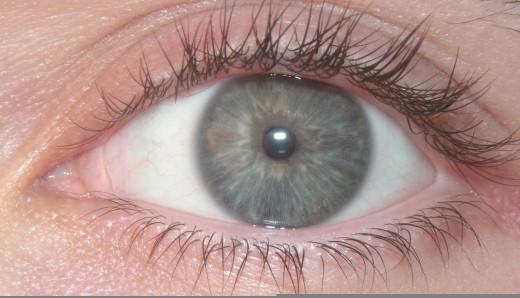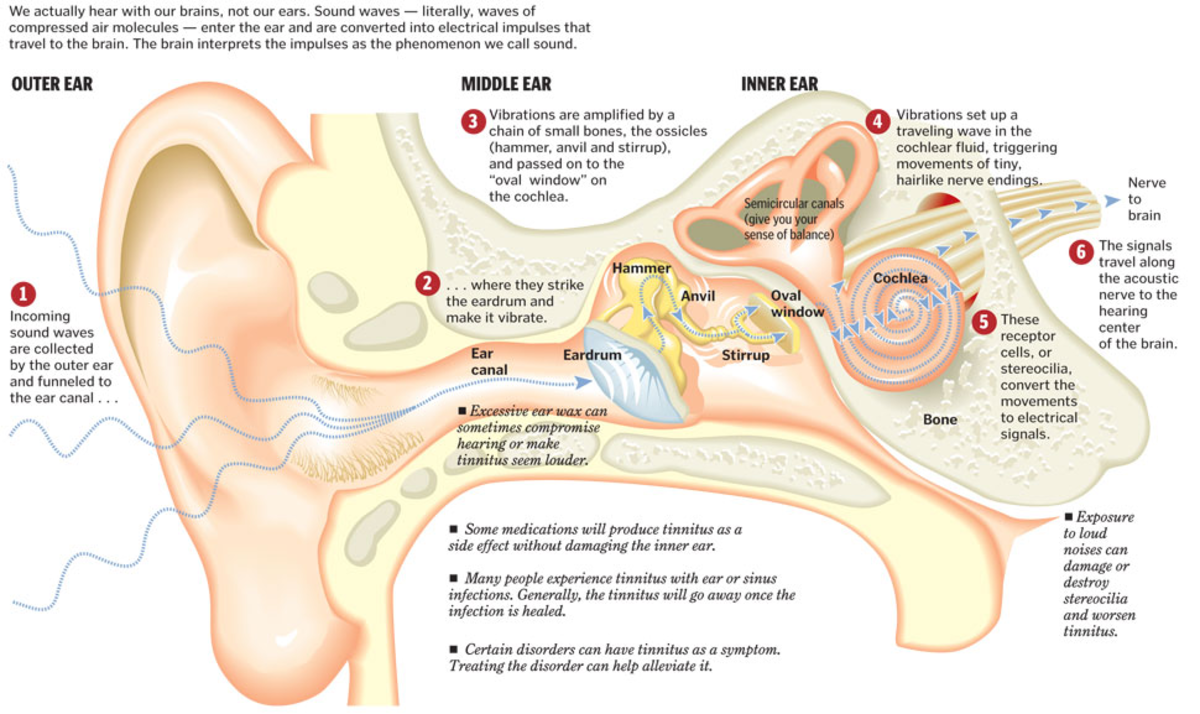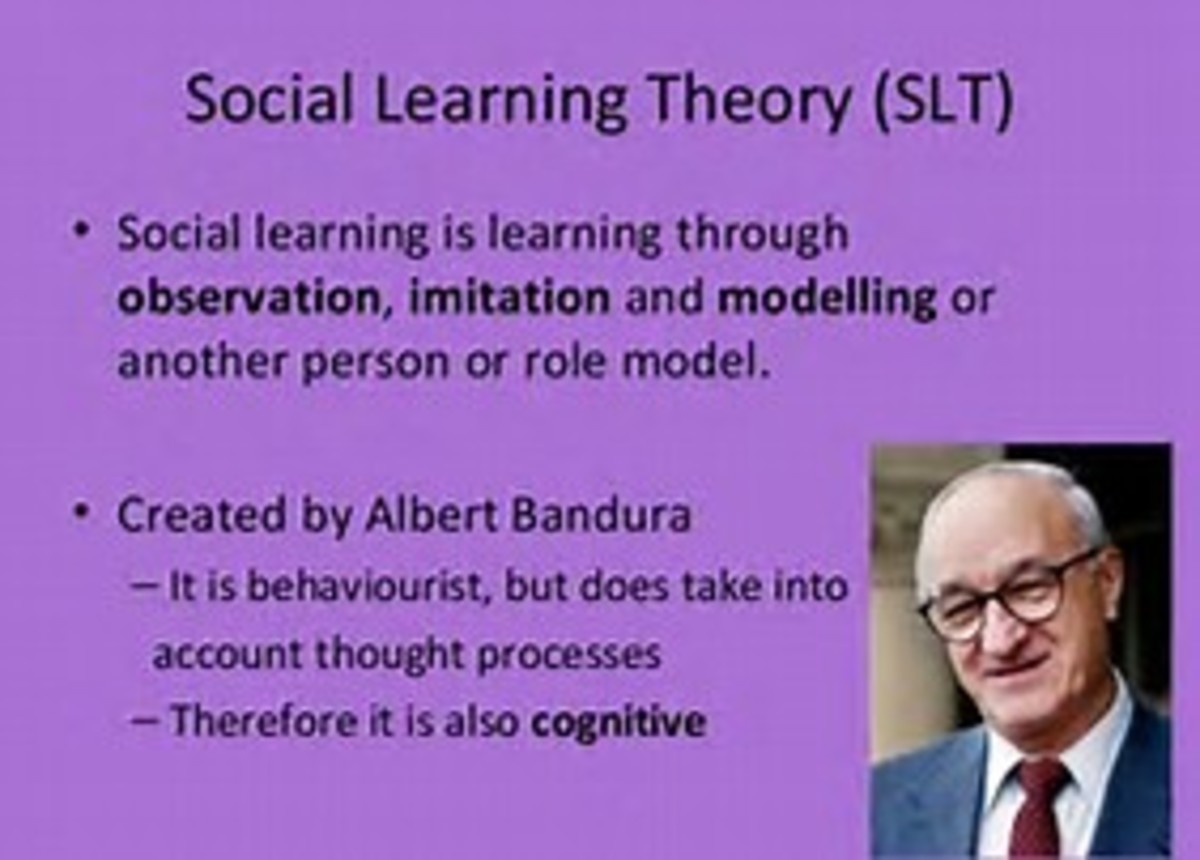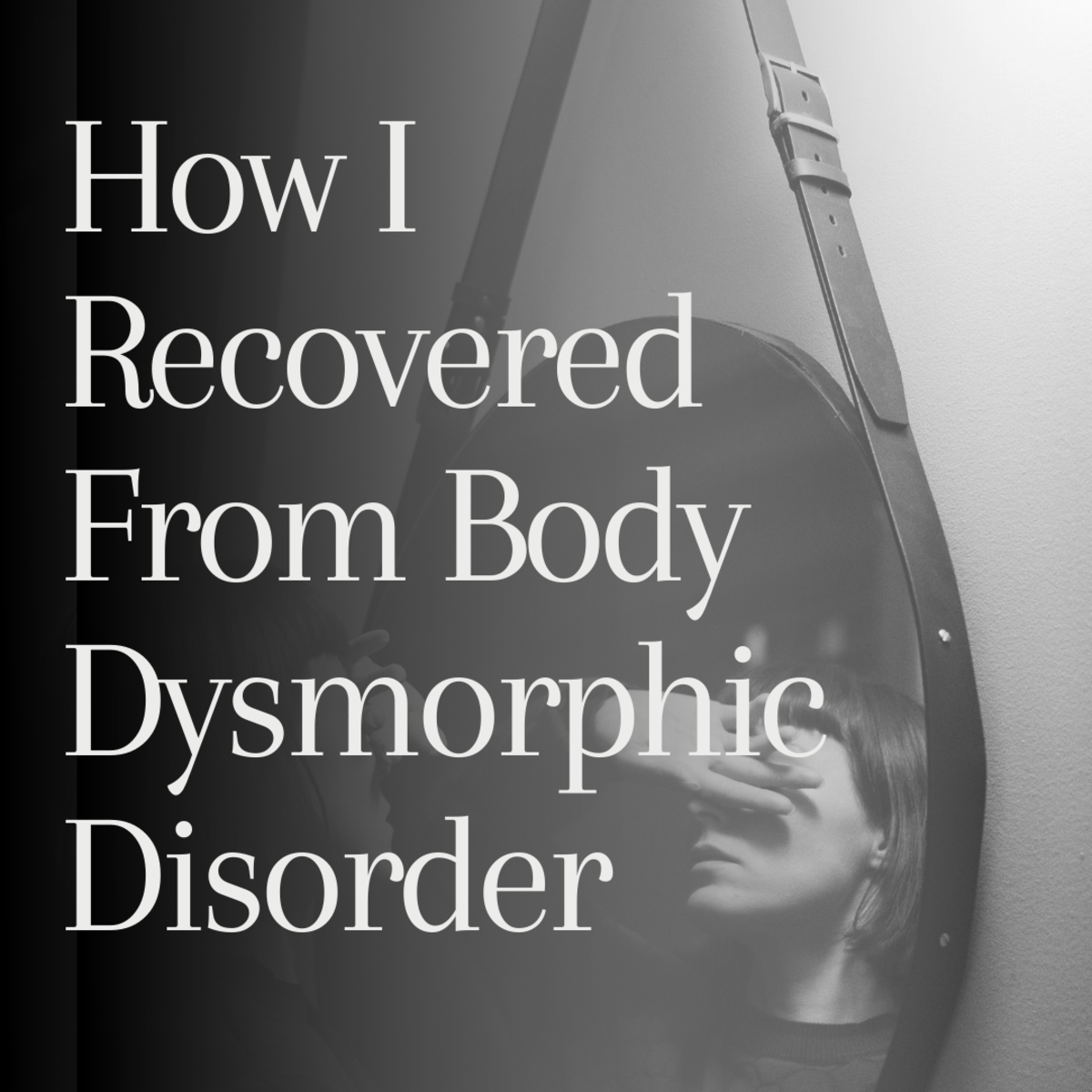A Personal Experience With Emdr : Learning to Cope With Strong Emotions
Eyes: Windows to the Soul

Eye Movement Desensitization and Reprocessing
Eye Movement Desensitization and Reprocessing (EMDR) therapy is based on a belief that many psychological problems are caused by incomplete or incorrect information processing. A trained therapist identifies possible triggers for abnormal behaviors, e.g. visual images or negative beliefs, and uses EMDR to guide the patient through reprocessing of the trigger. EMDR has been effective in treating post-traumatic stress from combat, rape, or auto accidents. It can also be used to treat other kinds of emotional distress.
Although EMDR requires careful attention and great skill on the part of the therapist, it is fairly simple for the patient. Reprocessing involves thinking about the trigger while experiencing "dual stimulation." Dual stimulation can take the form of guided eye movements, taps alternating between the right and left sides of the body, or a device held by the patient that vibrates alternately in the right or left hand. As a layman, my understanding is that the dual stimulation causes both the right and left sides of the brain to be stimulated. Thus a memory that has been stored only as strong negative emotion can be reprocessed by the logical part of the brain during EMDR.
Over a series of office visits, the therapist guides a patient by systematically identifying triggers and reprocessing them. During the time of remembering and external physical stimulus, the typical patient moves from emotional distress to a state of different understanding or insight about the trigger. For example, a therapist may guide a rape victim from the dysfunctional "I should have done something differently..." to the more constructive "It wasn't my fault. I did nothing wrong." The patient should be monitored frequently during the early stages of EMDR therapy in case strong emotional reactions occur. Over the course of therapy, new triggers may surface as old ones are reprocessed. Therapy continues until patient and therapist are satisfied with the results.
Poll: Your Experience
Which of the following applies to you?
Does EMDR Work?
Because EMDR has a physiological as well as psychological basis, it works even if the patient is skeptical. The patient need only consent to cooperate with the therapist. As a person with an engineering background, I approached my therapist skeptically. I had a practical concern, i.e. "Just fix it!" My therapist gave me a book about EMDR to read before my first session. He told me he knew he could not trick me into feeling better and assured me that EMDR could help me process my pain logically.
At my first session I expressed fear that if I let my pain out, the pain would never stop. The therapist promised me the pain would not last forever. I looked him in the eye and said, "You better be right!" He smiled and began the session. I was amazed. After remembering something that triggered a torrent of tears, I moved from pain and a mistaken belief to a logical understanding of the trigger. Over several sessions, I resolved many unresolved issues and was able to function better even in stressful situations. I see EMDR as a way of fixing my internal programming; If you give a computer (or a brain) faulty programming, you will not get the right results. The solution is to find the faulty code and replace it with the correct code.
Disclaimer: The information in this article is based on my personal experience. My hope is to make people aware of EMDR and its possible benefits. You should consult a physician or mental health professional to find out if eye movement desensitization and reprocessing may be helpful in any particular situation.
Reference:
EMDR Institute, Inc. A Brief Description of EMDR. http://www.emdr.com/faqs.html accessed March 9, 2011.
More about Trauma and EMDR
- He Won't Remember: Children & PTSD
It was once thought that very young babies did not feel pain, so many were traumatized by medical procedures done without anesthetic. A reminder that doctors, like everyone else, never know everything. - EMDR: Taking a Closer Look - Scientific American
An opposing view just to balance my article. I disagree with this article based on empirical experience, but have not done comparative studies of my own--being a poor freelance writer without access to major research funding.
On a Personal Note...
Those who have never been clinically depressed must wonder at times, "What's the big deal?" I was such a person myself, thinking depression was the same thing as disappointment or sadness--something you just get over in time if you "keep your chin up." The idea that anyone would need medical intervention seemed absurd to me. All that changed, however, when I sank into the abyss myself. Let me help the reader understand what depression looks like from the inside.
I had many classic symptoms from the Merck Manual: withdrawn, unable to experience emotions normally, unable to concentrate or to make decisions, poor appetite, guilt, helplessness, and hopelessness. In addition to the symptoms, however, I had a wall between myself and the rest of the world--a wall I built myself so that nobody would guess how dreadfully ill I was. I could not let anyone know that in my mind, my own voice was telling me I was a complete failure and I would never be happy again. The voice also concluded that I deserved to be miserable and should feel guilty for failing my family by being so ill. My friends also could not know that I was using vast amounts of energy to keep the wall intact. I kept up the façade of sanity, and was exhausted by the daily effort required. I was deathly afraid someone would figure out I was crazy and I would then lose my family and my friends.
One part of my mind, however, struggled to remain rational. This part knew I needed help, but my illness was keeping me from trusting the very people who could help me! Finally, one day, I cried out for help. I fell apart in front of several friends; once the tears breached the wall, I could not stop them. Proving the voice in my head to be a liar, these friends surrounded me for the next weeks and months, got me to the doctor, took me on a restful weekend (the physical exhaustion was unbelievable)--and saved my life! In my case, I needed rest, treatment of hypothyroidism, and short-term anti-depressant medication until I got the right cognitive therapy. I escaped from the abyss with the help of many people. The liar in my head shut up, and my family and friends ran toward me, not away from me.
My hope is that someone reading this will recognize some of the symptoms, and will seek help for themselves or for a friend. The abyss is terrifying, and one does not often escape without help. I no longer fear they abyss, because I know the way out.
Source: Berkow, Robert, M.D., The Merck Manual of Medical Information: Home Edition, 1997, by Merck & Co., Inc., chapter 84








